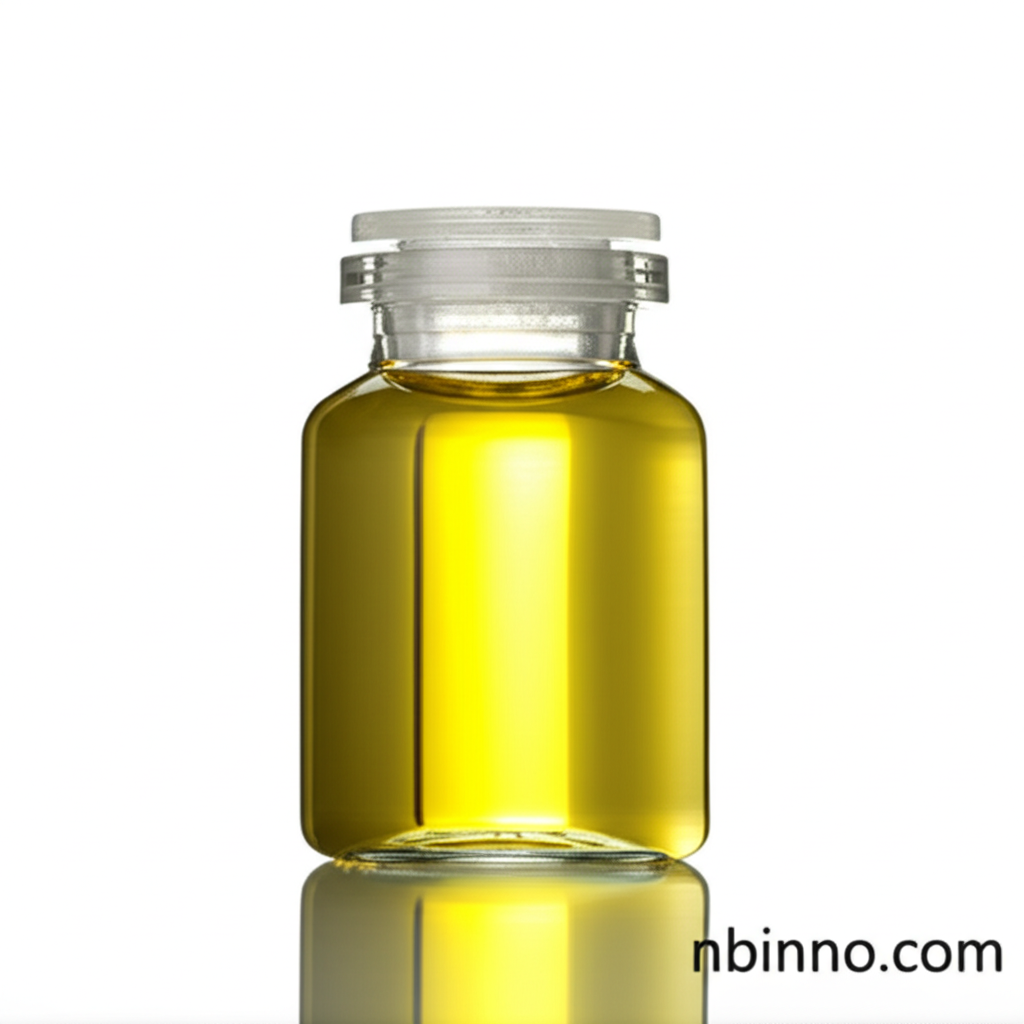3-Mercaptopropyltrimethoxysilane: Elevate Your Material Performance
Unlock superior adhesion, durability, and functionality with this versatile organosilane coupling agent.
Get a Quote & SampleProduct Core Value

3-Mercaptopropyltrimethoxysilane
As a premier silane coupling agent, 3-Mercaptopropyltrimethoxysilane (MPTMS) is instrumental in bridging the gap between inorganic substrates and organic polymers. Its dual functionality allows for chemical bonding with a wide array of materials, significantly improving overall product performance and longevity.
- Enhance adhesive bonding improvement by utilizing MPTMS in your formulations for superior substrate adhesion.
- Achieve durable coatings through the application of MPTMS as a surface modifier for silica and other mineral fillers.
- Boost rubber mechanical properties by incorporating MPTMS as a crosslinking agent, leading to enhanced resilience and strength.
- Explore the benefits of this organosilane coupling agent in various uses, from adhesives to advanced material science.
Key Advantages of Using MPTMS
Enhanced Adhesion
Improve the adhesion of coatings, adhesives, and sealants to various substrates by leveraging the coupling capabilities of 3-Mercaptopropyltrimethoxysilane.
Superior Material Durability
MPTMS acts as a crosslinking agent for rubber, significantly boosting mechanical properties and material durability in demanding applications.
Versatile Surface Modification
Its function as a surface modifier for silica and other inorganic materials allows for tailored surface properties, enhancing compatibility with organic polymers.
Key Applications
Coatings & Adhesives
MPTMS is crucial for formulations seeking improved adhesion and long-term performance in coatings and adhesive systems, benefiting from its adhesion promoter functions.
Rubber Industry
As a crosslinking agent, it enhances the mechanical strength and resilience of rubber compounds, playing a vital role in rubber mechanical properties.
Composites
MPTMS acts as a coupling agent in composite materials, ensuring strong interfacial bonding between fillers and polymer matrices for better overall performance.
Surface Treatment
It is widely used as a surface modifier for various inorganic materials, including silica, preparing them for enhanced interaction with polymers and coatings.
